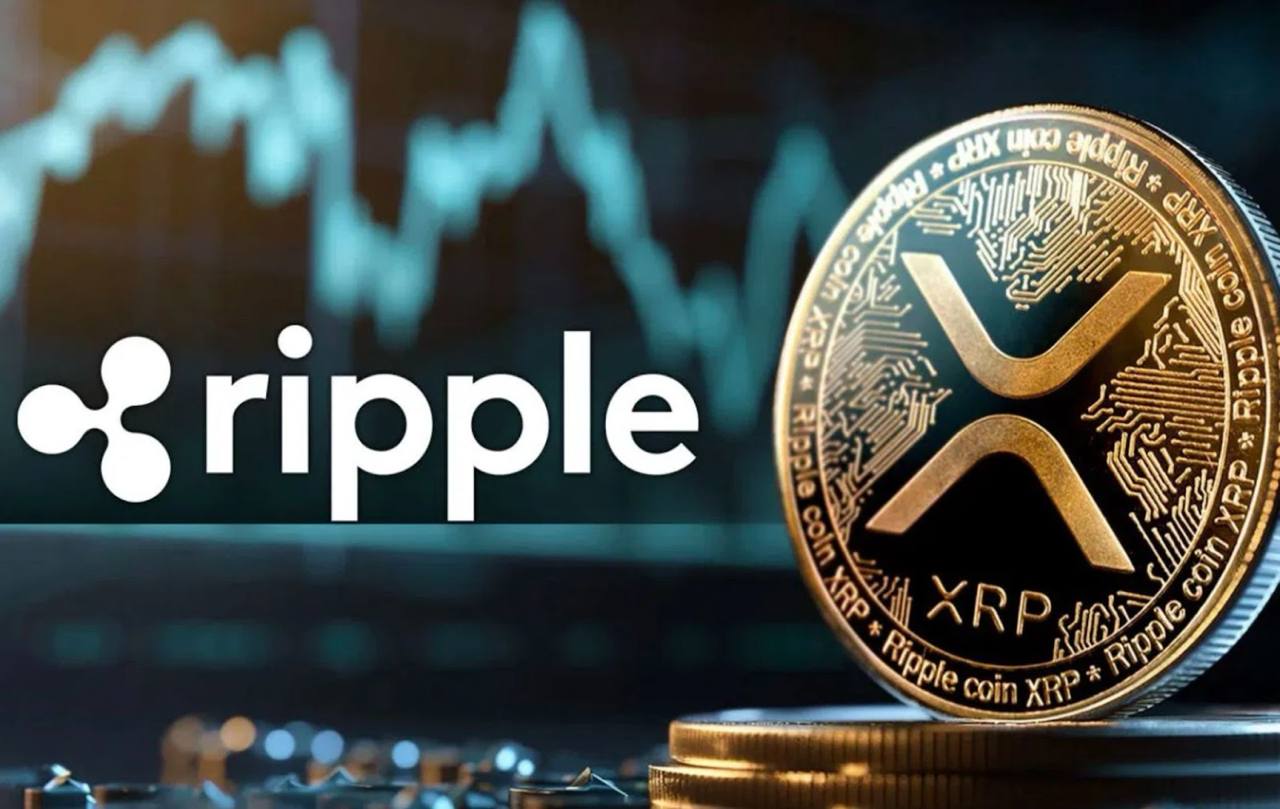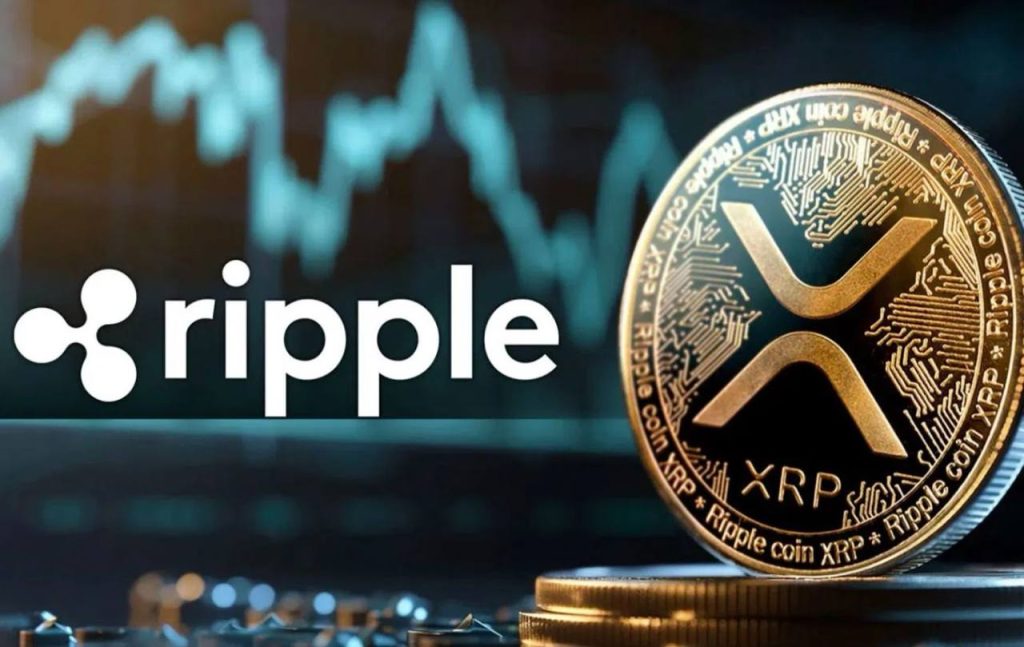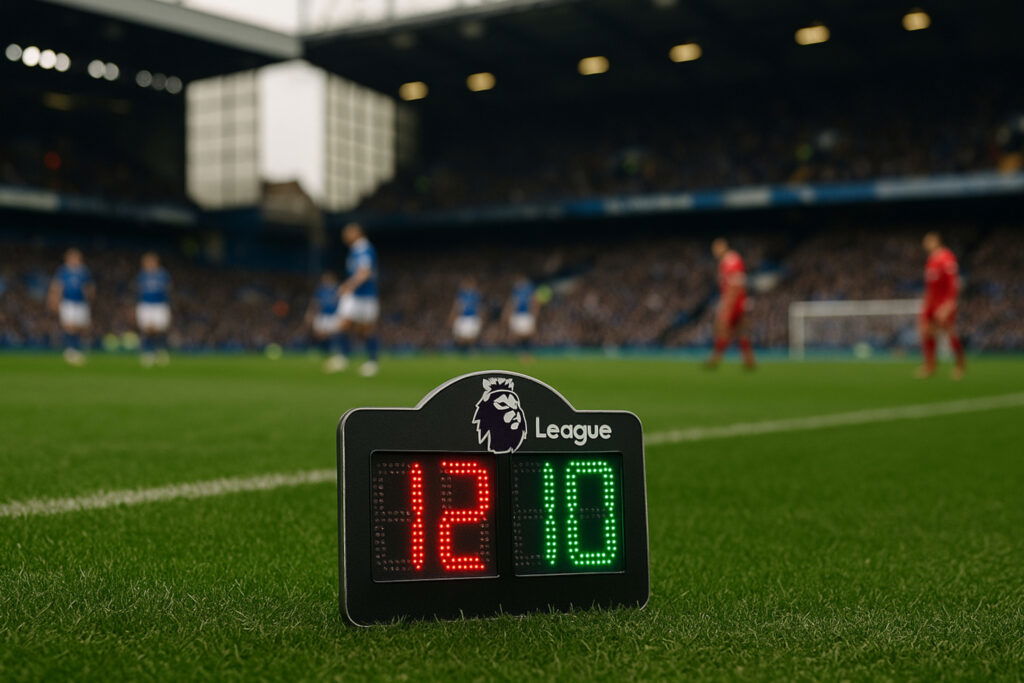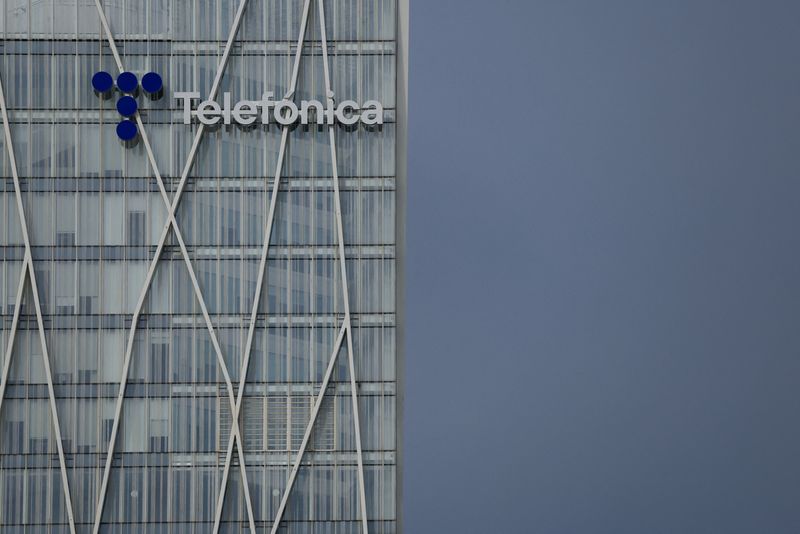XRP: Surge in Price, Strategic Partnerships, Rising Attention & 2-Year Outlook


XRP, the digital currency developed by Ripple Labs, has once again captured the attention of investors and analysts alike with a notable resurgence in price and momentum in 2025. As one of the oldest cryptocurrencies still in active development and use, XRP continues to evolve in its role within the broader blockchain ecosystem. This resurgence isn’t just about speculation—it’s rooted in legal clarity, deepening partnerships with financial institutions, and increasing relevance in a world seeking faster, more efficient cross-border payments.
This article will explore why XRP’s price is increasing, the strategic partnerships driving utility, why it’s gaining attention, and a grounded forecast of where XRP might be in two years.
1. Why XRP’s Price Has Increased
a. Legal Clarity from the SEC Case
One of the most pivotal moments in XRP’s history was the legal battle with the U.S. Securities and Exchange Commission (SEC). The SEC accused Ripple Labs of conducting an unregistered securities offering via the sale of XRP. This lawsuit created a major cloud over the asset’s future. However, in 2023 and 2024, Ripple achieved significant legal victories, with a U.S. court ruling that XRP is not a security when traded on exchanges.
This landmark decision provided long-sought regulatory clarity, allowing XRP to relist on major exchanges like Coinbase, Kraken, and Gemini. Investors saw this as a green light, and institutional interest surged once the regulatory uncertainty diminished.
b. Growing Institutional Demand
RippleNet and Ripple’s On-Demand Liquidity (ODL) services are built on XRP. Once regulatory uncertainty was cleared, banks and financial institutions became more willing to adopt Ripple’s products, driving demand for XRP as a liquidity bridge asset.
Moreover, Ripple’s focus on replacing SWIFT’s slow and expensive infrastructure with a blockchain-based alternative makes it attractive to institutional users. As financial players increasingly seek blockchain-based solutions for settlements, XRP becomes a strong candidate.
c. Macro Trends in Digital Finance
With central banks working on Central Bank Digital Currencies (CBDCs), the entire narrative around cross-border payments is evolving. XRP’s role as a bridge currency between fiat and CBDCs aligns it perfectly with the digital transformation of global finance.
Furthermore, high-profile banking crises in the U.S. and economic volatility have pushed interest toward crypto assets with real-world use cases. XRP, being utility-focused rather than purely speculative, has benefited from this sentiment.
2. Key Partnerships Driving Adoption
Ripple has been strategically developing partnerships with global financial institutions, payment providers, and even governments to drive XRP adoption. These partnerships are not just speculative announcements; they reflect real use cases for XRP and RippleNet in day-to-day finance.
a. Banking Partnerships
Ripple has partnered with more than 300 financial institutions globally across over 40 countries. Some of the most notable include:
-
Santander – Using Ripple’s technology for cross-border payments in their One Pay FX product.
-
Bank of America – Ripple confirmed ongoing collaboration with BofA in multiple interviews and forums.
-
Standard Chartered and SBI Holdings – Ripple’s Japanese and Southeast Asian partnerships are especially strong, where ODL adoption is growing.
In 2024–2025, Ripple also focused on emerging markets, partnering with banks in Africa, the Middle East, and Latin America to address the high cost of remittances and lack of banking infrastructure.
b. CBDC Collaborations
Ripple is actively working with several central banks on CBDC pilots. Its CBDC platform, built on the XRP Ledger, allows governments to create and manage digital currencies. Recent projects include:
-
The Republic of Palau’s Stablecoin (PSC), launched in partnership with Ripple.
-
Bhutan’s Royal Monetary Authority, piloting a digital ngultrum with Ripple’s tech.
-
Rumored discussions with other central banks in the Caribbean and Africa.
These developments further solidify XRP’s position in the future of government-backed digital assets.
c. Ripple Liquidity Hub
Launched in 2023, Ripple’s Liquidity Hub serves as a bridge for institutions to access crypto liquidity, including XRP, BTC, ETH, and stablecoins. The service streamlines buying, selling, and holding of crypto assets, allowing businesses to leverage RippleNet’s efficiency.
3. Why XRP Is Attracting Growing Attention
a. Unique Value Proposition
Unlike Bitcoin or Ethereum, XRP is specifically designed for payments—it is fast (3-5 second settlement times), low cost (<$0.01 per transaction), and scalable (1,500 TPS). These characteristics make it ideal for the demands of financial institutions and payment providers.
b. The Rise of Real-World Assets (RWAs)
There’s a strong trend in crypto towards tokenizing real-world assets (RWAs)—like stocks, bonds, and real estate—on blockchain networks. The XRP Ledger supports token issuance, which allows institutions to tokenize assets efficiently and transfer them globally. As RWAs grow in market share, platforms like XRP Ledger become foundational infrastructure.
c. Growing Retail Interest
Retail investors, once cautious due to the SEC case, are returning. XRP has a large and passionate community that sees it as undervalued relative to its potential. Many point to the fact that XRP reached $3.84 in 2018 without the level of adoption and infrastructure it now has in 2025. This fuels speculation of another explosive rally.
Furthermore, as spot ETFs and broader crypto adoption bring more capital into the space, XRP is benefiting from increased exposure to retail and institutional audiences.
4. Where Will XRP Be in 2 Years?
Predicting exact prices is speculative, but we can assess likely scenarios based on current momentum, adoption, and macro trends.
a. Price Outlook (2025–2027)
As of mid-2025, XRP is trading between $0.75 and $1.10, having rallied from lows near $0.30 in late 2022.
By 2027, if adoption continues and Ripple deepens its role in cross-border payments, XRP could realistically trade between $2–$5, depending on:
-
Expansion of ODL adoption by large banks.
-
Wider acceptance of XRP for CBDC interoperability.
-
Continued clarity on U.S. regulation and classification of XRP.
In more bullish scenarios, with full-scale adoption of Ripple’s network in banking, XRP could test all-time highs ($3.84) or go beyond if XRP is integrated into large-scale national or multinational payment systems.
b. Use Case Outlook
In two years, XRP is likely to be:
-
The leading bridge asset in the developing CBDC landscape.
-
A default settlement layer for institutions dealing with cross-border liquidity.
-
Part of tokenized asset ecosystems, facilitating fractionalized ownership and fast settlement of tokenized securities.
c. Risks and Headwinds
Despite the optimism, XRP faces real challenges:
-
Competitive pressure from newer blockchain platforms like Stellar, Quant, and even Ethereum-based L2s.
-
Regulatory flip-flops, especially with changing administrations or global standards.
-
Reliance on Ripple Labs, which raises concerns about centralization compared to more decentralized networks.
Ripple’s ongoing effort to decentralize the validator nodes on the XRP Ledger may help ease those concerns.
XRP is re-entering the spotlight for reasons far deeper than speculative trading. With legal clarity, real institutional use cases, and growing partnerships, it is uniquely positioned to serve as the bridge currency in the evolving financial system. As tokenization, CBDCs, and blockchain infrastructure mature, XRP may finally fulfill its long-standing promise of revolutionizing cross-border finance.
The next two years are crucial—if Ripple continues to execute strategically and regulatory winds remain favorable, XRP may not only reclaim its former highs but also solidify itself as a cornerstone of the digital financial era.
The post XRP: Surge in Price, Strategic Partnerships, Rising Attention & 2-Year Outlook appeared first on European Business & Finance Magazine.
















































